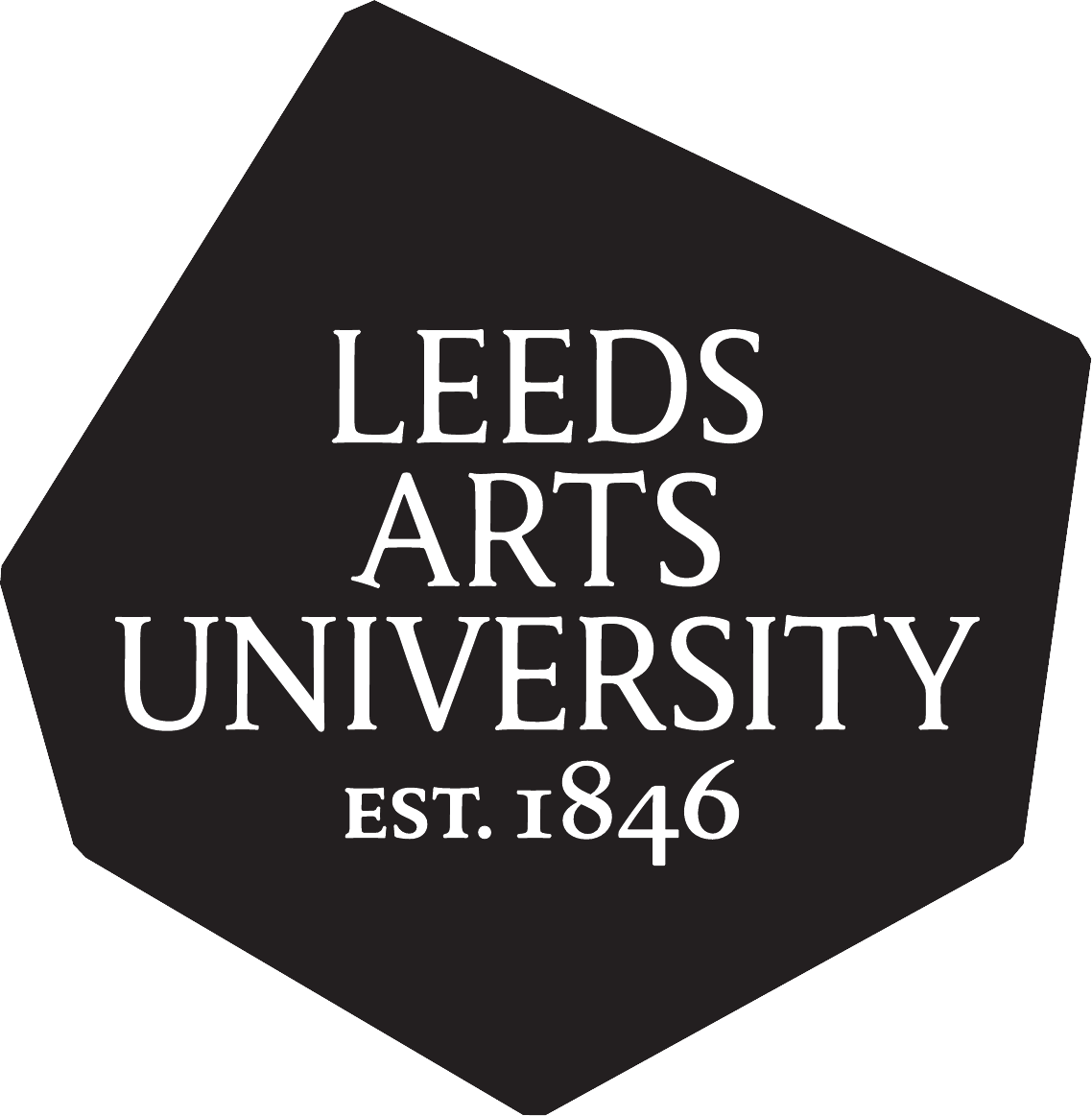Portrait of a queen : the photography of Paul Bennett-Todd
Tobias-Green, Karen 
Abstract
This output is a journal article in a peer reviewed journal. Tobias-Green explores a body of photographic portraits by Paul Bennett-Todd. These thirty images were taken at the ‘Speed Queen’ night at the Warehouse Club in Leeds (1998-2008), and this is an historical enquiry into an ephemeral subculture documented by Bennett-Todd (2002-2003) and re-documented in this more recent article by Tobias-Green (2015). Research process: Tobias-Green interviewed Bennett-Todd about this period of his photographic practice and the embodied experience of that club night. Bennett-Todd has presented this snapshot of the venue at the apex of its vibrancy and popularity; clientele at their self-assured peak. Not only has queer club culture been historicised, there is also a rich field of enquiry around clubbing in the north. In popular culture, the nightclub has been considered an alluring and escapist setting in which people can temporarily convey who they aspire to be. (Almond, 2011) and Butler (1990) writes about the performative nature of gender, in particular the construction of a social and physical exterior to communicate a physical and sartorial message (Almond, 2010). Research insights: Documenting an energetic and inclusive event, the article demonstrates that ‘Speed Queen’ was an exemplar in its embodiment and celebration of sexuality, transgender, class, race and age. The club night presents a model of inclusivity. Like Wigan casino and Manchester’s Hacienda, Speed Queen (appearing originally as ‘Vague at the Warehouse’ between 1992 and 1998) occupies an almost mythological place in queer subculture’s own folklore. Dissemination: The journal in which this article is published specifically caters to early career researchers and as such has a wide readership. Tobias-Green has also utilised this research material within her postgraduate teaching to explore ideas around inclusivity and the less-heard voice and less-seen image.
Actions (login required)
 |
Edit Item |

